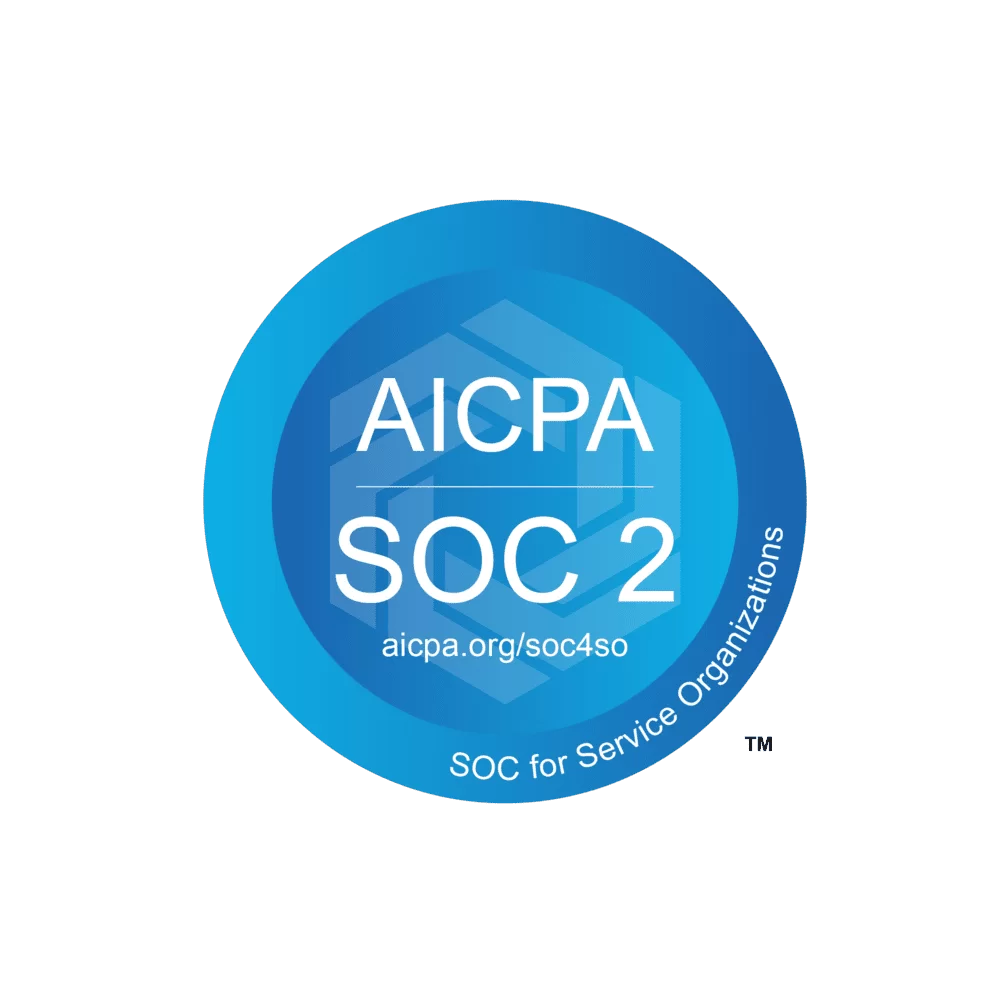Security is a top concern for any company, but it is particularly important for those offering software-as-a-service (SaaS) products. In order to protect their customers' data and maintain the trust of their user base, SaaS companies should follow a few key principles when it comes to security.
First and foremost, SaaS companies should invest in strong encryption for all data transmissions and storage. This will ensure that even if data is intercepted, it will be unreadable without the proper decryption key. Additionally, SaaS companies should regularly update their encryption algorithms to ensure that they remain secure against the latest threats.
Another important step for SaaS companies is to implement robust authentication and access controls. This means requiring users to provide unique and complex passwords, and regularly prompting them to update those passwords. It also means implementing multi-factor authentication, which requires users to provide additional proof of their identity beyond just a username and password. This can help prevent unauthorized access to sensitive data.
SaaS companies should also invest in regular security assessments and penetration testing. These tests can help identify vulnerabilities in the company's systems and allow them to be fixed before they can be exploited by attackers. Additionally, SaaS companies should have a clear and well-communicated plan in place for responding to security incidents, including procedures for alerting customers and mitigating the damage caused by a breach. Platforms like ThreatKey can streamline the process of conducting security assessments and ensure that any vulnerabilities are quickly identified and addressed.
Finally, SaaS companies should prioritize the education and training of their employees when it comes to security. This means providing regular training on security best practices and making sure that all employees understand the importance of maintaining the security of the company's systems and customer data.
In conclusion, SaaS companies have a responsibility to protect their customers' data, and there are several key steps they can take to bolster their security. By implementing strong encryption, implementing robust authentication and access controls, regularly conducting security assessments, and prioritizing employee education, SaaS companies can help ensure the safety of their systems and the trust of their customers.
Why a Fortified SaaS is Key for ThreatKey's Security Posture Management
As a SaaS security posture management company, ThreatKey understands the importance of secure, reliable software. Not only is a secure SaaS product critical for protecting our customers' sensitive data, but it's also essential for maintaining trust and credibility in the marketplace.
A breach of security can have catastrophic consequences for any business, but for a company like ThreatKey that specializes in security, the stakes are even higher. A breach of our own SaaS product could not only compromise our customers' data, but it could also damage our reputation and erode trust in our ability to protect against cyber threats.
That's why we prioritize building a secure SaaS product at ThreatKey. We use state-of-the-art encryption and security protocols to protect our customers' data, and we regularly conduct thorough security audits and testing to ensure that our product remains impenetrable.
Ensuring the Security of Our App: ThreatKey's Approach to Testing and Auditing
One of the ways that ThreatKey tests the security of its app is by performing penetration tests, also known as pen tests. During a pen test, a team of security experts simulate a cyber attack on the app to identify any potential vulnerabilities or weaknesses. This helps ThreatKey to understand how the app would respond to a real-world attack, and to identify and fix any vulnerabilities before they can be exploited by malicious actors.
Another way that ThreatKey tests the security of its app is by conducting regular security audits. During a security audit, the company's team of security experts carefully review the app's code and architecture to identify any potential security risks. This helps ThreatKey to ensure that the app is built using best practices, and to identify and fix any issues that could compromise the security of the app.
In addition to these regular tests, ThreatKey also encourages its users to report any potential security issues that they may encounter while using the app. The company has a dedicated security team that investigates these reports and works to quickly address any issues that are identified.
Overall, ThreatKey takes the security of its app very seriously, and regularly conducts a variety of tests to ensure that it is as secure as possible. By staying vigilant and proactive in its approach to security, ThreatKey helps to protect its users and their data.
But security is about more than just technology; it's also about people. That's why we invest in training and education for our team members to ensure that they have the knowledge and expertise to design and maintain a secure SaaS product.
At ThreatKey, we take the security of our SaaS product seriously. We believe that a secure product is not only essential for protecting our customers, but it's also critical for the success of our business. By prioritizing security, we can continue to provide our customers with the peace of mind that comes from knowing their data is safe in our hands.
Want to learn more about SaaS Security? Check out our piece on SaaS Security Posture Management or SSPM vs. CSPM to dive deeper.







